In Brief
Conservation Value:
The Andean Amazon is one of the world’s last few high-biodiversity wilderness areas—a place of astounding species richness and diverse indigenous peoples, including tribes living in voluntary isolation.
Threats:
Over the last three decades the region has faced increasing deforestation from the advancing agricultural frontier, illegal logging and mining.
Actions & Results:
Key to addressing threats is the dissemination of precise information on where and why deforestation is occurring. ICFC's partner Amazon Conservation leads deforestation monitoring in megadiverse tropical forests with its initiative called MAAP (Monitoring of the Andean Amazon Project). MAAP develops and publishes timely, high-impact technical reports in an easily accessible and understandable format for government officials, civil society and the public, featuring the most urgent deforestation cases.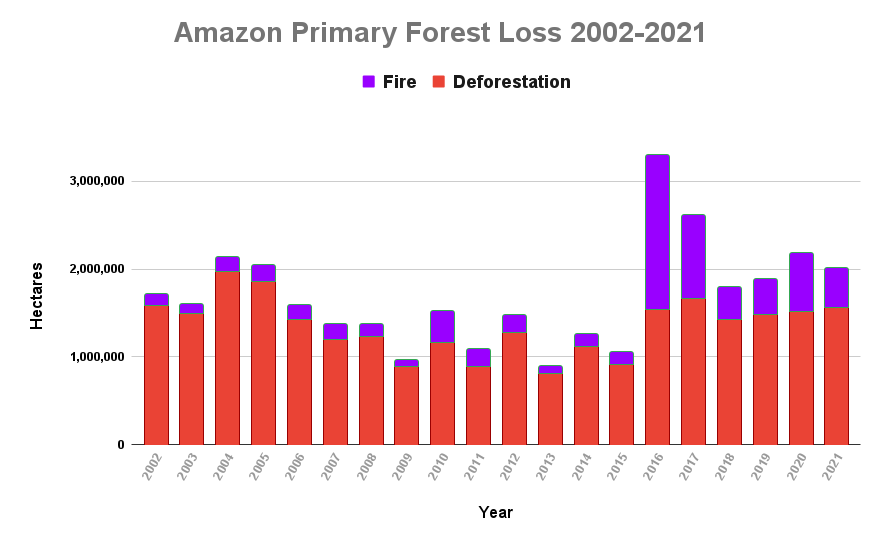
On the policy front, the project continues to advance the National System of Forest Monitoring and Control—the first comprehensive Amazonian system designed to link technology with policy and legal action in Peru. This has yielded better inter-agency coordination in confronting illegal activities and a 78% reduction in illegal gold mining and deforestation in the southern Peruvian Amazon.
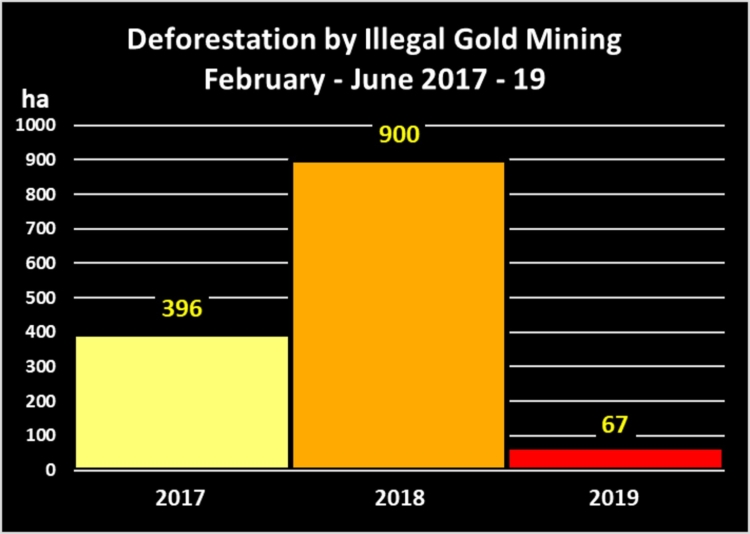
Goal:
To substantially curtail forest loss in the extremely biodiverse Andean Amazon
This project is fully funded at present.
(Support is welcome for other projects)
Location:
Andean Amazon: primarily Peru, but also Ecuador, Bolivia, Brazil, and Colombia
Project Field Partner:
Amazon Conservation and Conservación Amazónica - ACCA
Our Investment to Date:
In More Depth...
Our partners for this project are Amazon Conservation (AC) and Asociación para la Conservación de la Cuenca Amazónica (ACCA). ICFC, is supporting the position for a Policy Specialist in Peru, and, with NORAD (Norway's international aid agency), the leadership position of Infrastructure Specialist.
Key personnel: Matthew S. Finer, PhD, is the project's Infrastructure Specialist, and is uniquely qualified for this position given his extensive experience analyzing potential impacts from development projects in the Andean Amazon. Matt and Amazon Conservation had leveraged ICFC's earlier funding and assembled a team that includes a GIS specialist. In promoting best practices in Peru, Matt also liaises with AC Board members Bruce Babbitt (former US Secretary of the Interior, and former Governor of Arizona) and Peruvian conservationist and AC co-founder Enrique Ortiz.
The Amazon headwaters emerge in the snow-capped Andes and in just a few hundred kilometers descend six thousand meters to lowland tropical forest. One of the most biodiverse regions on the planet, the region's remoteness has protected it from the extensive deforestation and land invasions that are spreading westward across the Amazon basin from Brazil. Now, however, both the remote reaches of the headwaters and their lower courses are under threat due to the discovery of huge oil and gas deposits along the eastern front of the Andes, as well as unregulated gold mining (see below), ill-planned hydroelectric dams, the spread of oil palm and cacao plantations, new roads opening up remote areas and widespread illegal logging.
The creation of protected areas and indigenous reserves has been the primary strategy for conserving the natural and cultural values of the region. These strategies are essential but not sufficient because the unplanned construction of roads and other infrastructure can rapidly open the region to land invasions and deforestation, threatening the integrity of parks and protected areas. To ensure the future of these last pristine regions of the Amazon, it is imperative to couple these strategies with enlightened planning for resource and infrastructure development. This project provides for one strategic personnel position to develop the technical basis to inform and improve environmental policy and promote best practice in the region.
Fast fact: In the 100-km slice from Cuzco to Manu in Peru, you can find more than 10% of the global total avifauna and more than 10% of the known butterfly fauna.
- Developed a novel spatial monitoring methodology to identify near-real-time deforestation due to illegal logging, oil palm and cacao plantations, road development and illegal mining.
- Launched the Monitoring Andean Amazon Project (MAAP) portal, where timely technical information on deforestation is made accessible. This has been instrumental in providing key technical information to government agencies, civil society, journalists, and the general public.
- Developed a database of existing and planned oil palm projects (with associated spatial data).
- We are collaborating with Peruvian national and regional governmental agencies to assist their multi-pronged efforts to eliminate illegal resource extraction and development activities.
- MAAP detected the illegal expansion of gold-mining into the Tambopata National Reserve in Madre de Dios in January 2016. The information was shared with the National Service of Protected Natural Areas (SERNANP), enabling enforcement action.
- El Comercio, Peru's leading newspaper, published an article in April 2016 on the alarming continued expansion of gold-mining into the Tambopata National Reserve. The article featured MAAP images and quoted the head of the Peruvian National Park System.
- Project personnel released a high-profile report entitled "High Resolution Satellite Imagery Reveals Petroamazonas Violated Environmental Impact Study by Building Road into Yasuni National Park", which documented that the Ecuadorian state oil company, Petroamazonas, built roads into Yasuni National Park. This was a big news story in Peru and sparked a response from the president of Peru, the environment ministry and the company.
- Two peer-reviewed articles were published on: (1) the offshore inland model; and (2) development of a new methodology to track illegal roads.

Images showing the expansion of deforestation by gold mining in La Pampa, Peru between August 2014 and July 2015, and detail, showing impact of illegal goldmining operations. from: MAAProject.org
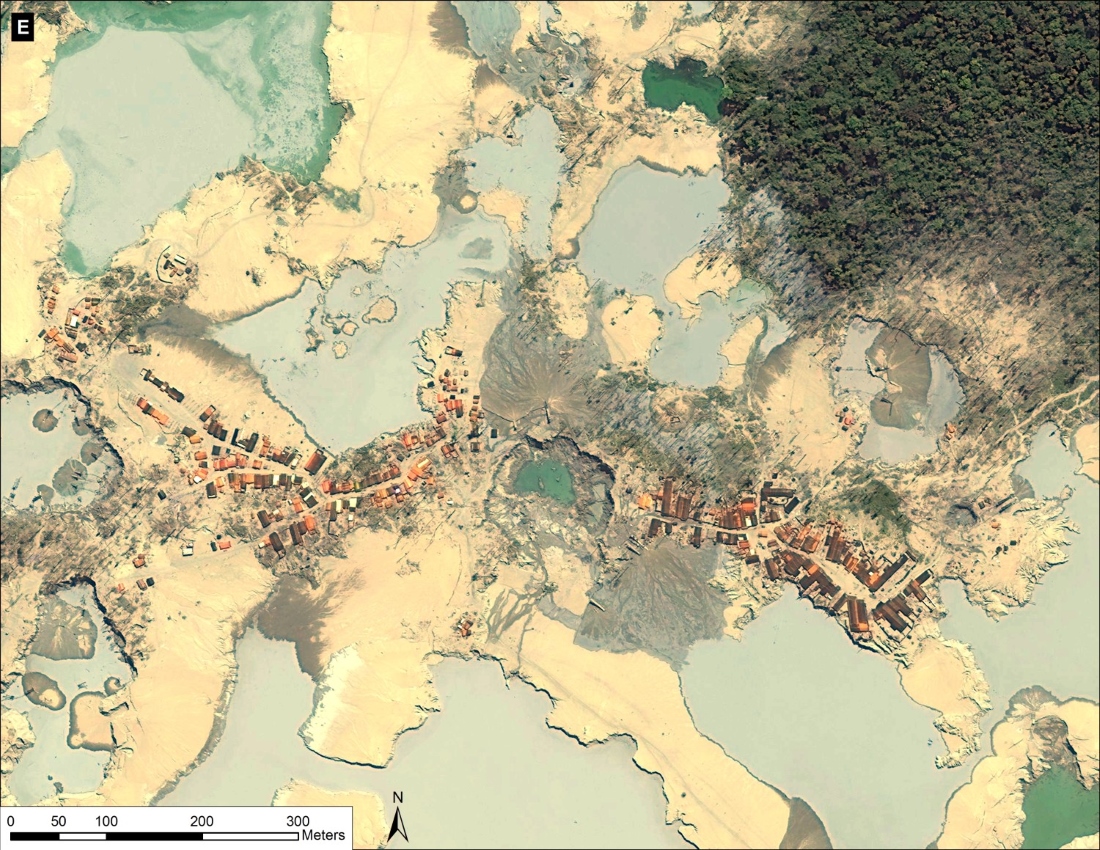
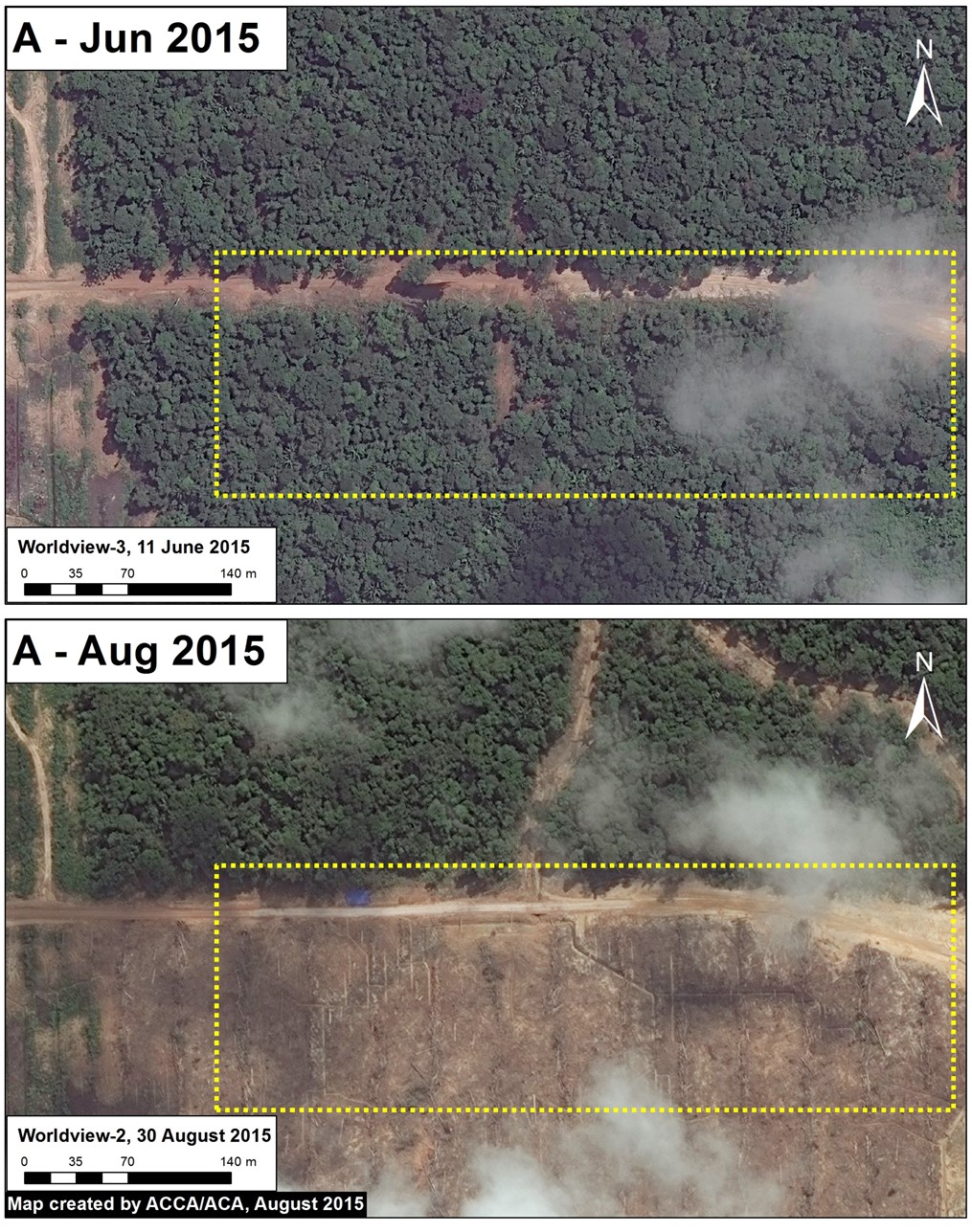
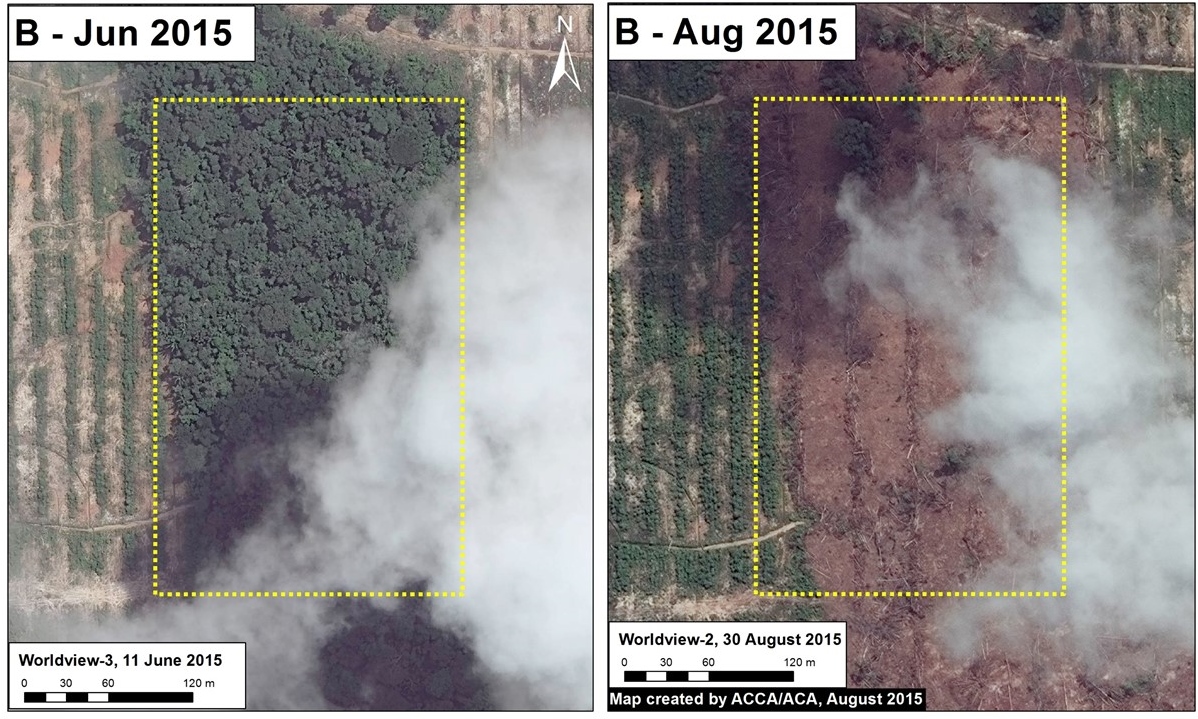

International Conservation Fund of Canada Copyright © 2009-2025
Registered Canadian charity # 85247 8189 RR0001


